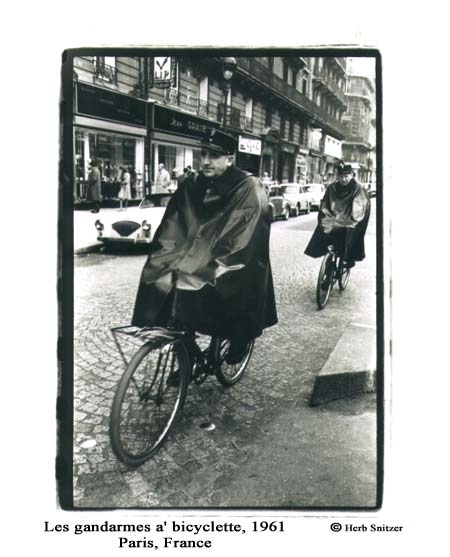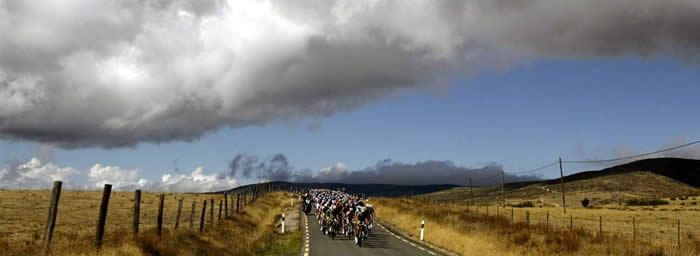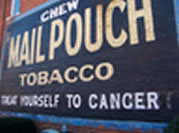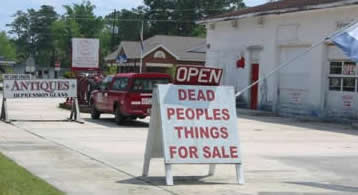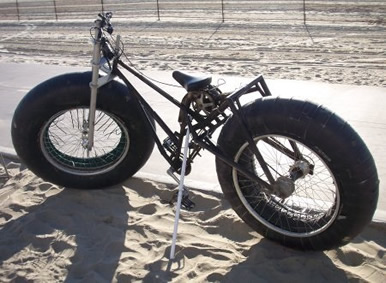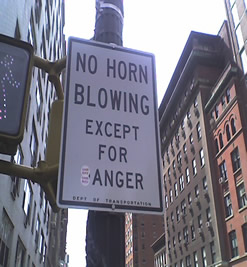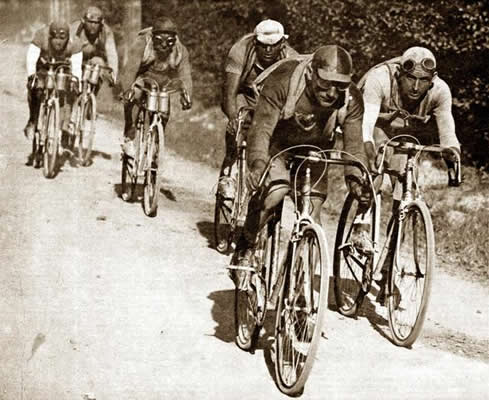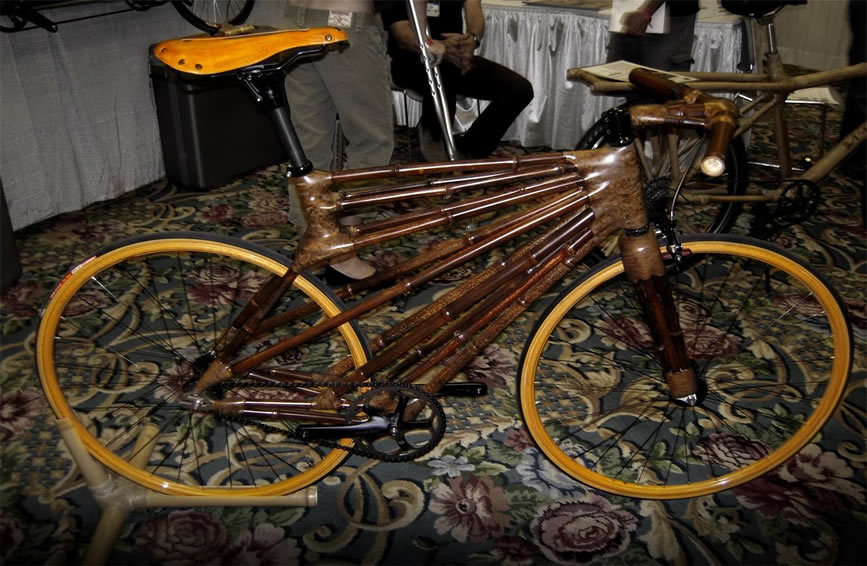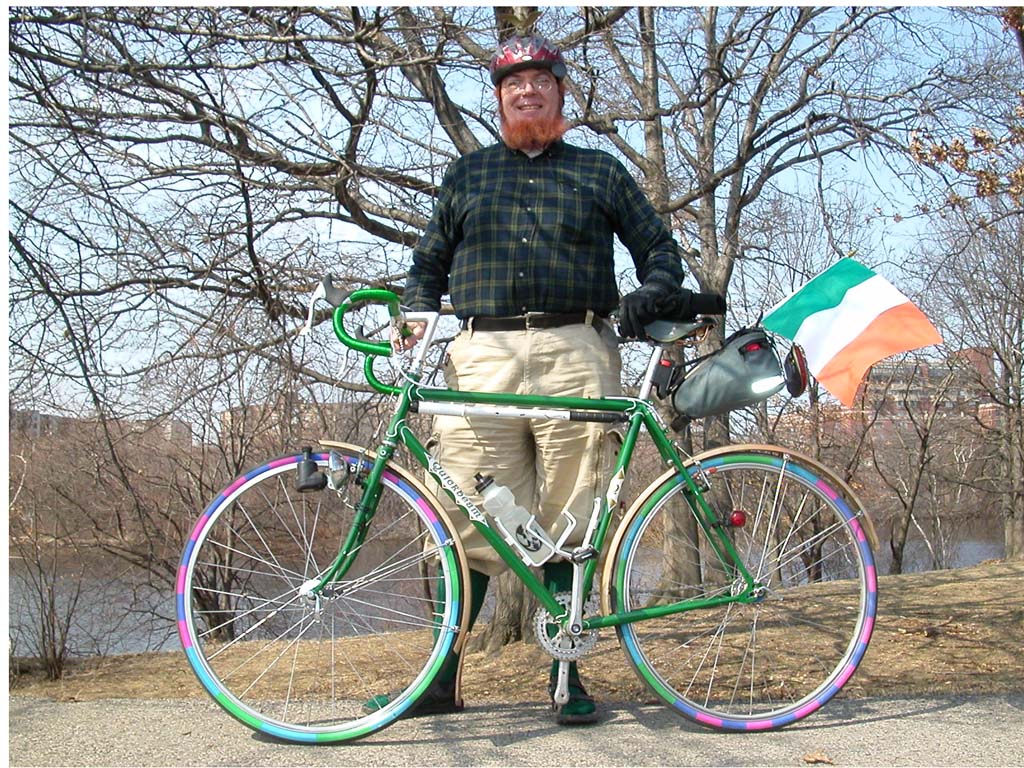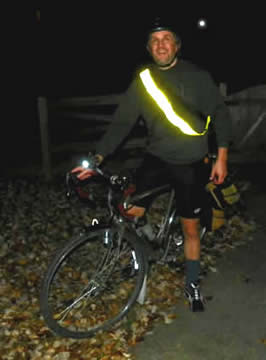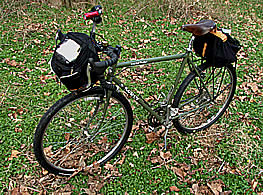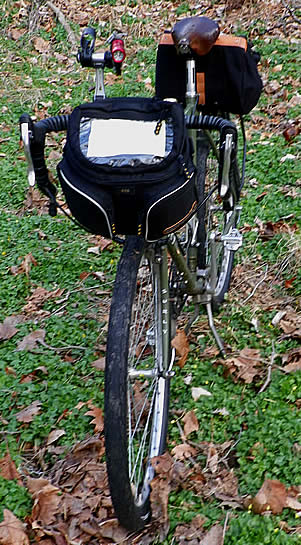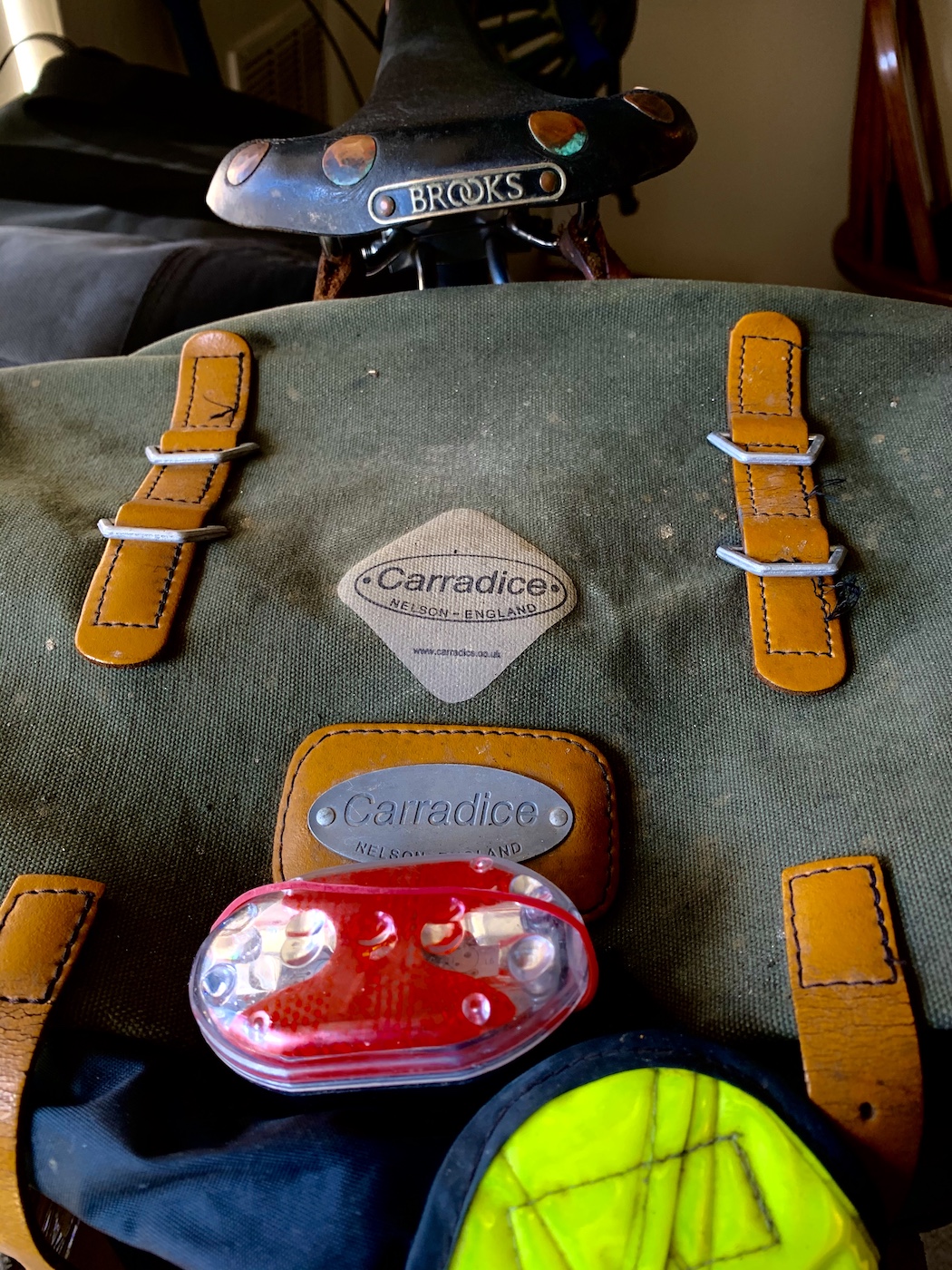Bicycle touring has taught me a lot over the years. As a long-distance cyclist, I’ve learned how to ride a bike in all sorts of road and weather conditions; how to adjust, repair and rebuild a bicycle; and how to navigate a course across both paved roads and backcountry trails. But some of the larger lessons I’ve learned from my bicycle touring adventures are things I carry with me not just on my travels, but in my regular life as well.
1. Find Your Motivation. The Importance Of Having An Inner Fire
For many first-time bicycle travelers, it is the goal of riding a certain distance that motivates them the most. While riding a certain number of miles/kilometers on a bicycle tour is a good goal to have, the people who have the most success with bicycle touring tend to have other motivations outside of the distances they cover each day. This is why many cyclists who travel for years on end tend to care less about the total distances they have covered and instead care more about combining their cycle touring expeditions with other interests, activities, hobbies, and passions.
The longer you choose to travel (or the bigger your goal in life), the more you will realize the need for a true inner flame – something that resonates with you to the point that when things get tough, you don’t just give up and go home, but instead, press on toward that one big thing that has been pushing you from the start.
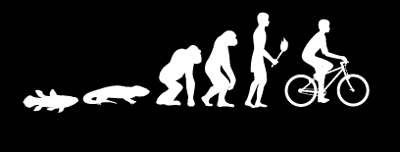
In other words, I’ve learned that there has to be some kind of meaning behind your bicycle tour, in just the same way there has to be meaning behind any big goal you set for yourself in life. The bigger the goal you set, the more motivation you need in order to make that dream come true. Wanting to reach the finish line is fine, but having a reason for wanting to reach the finish line in the first place is even more important.
2. Why Not Now? Not Tomorrow. Today!
When it comes to setting big goals for yourself, like going on a long-distance bicycle tour, it is easy to push those things off to some distance point in the future. We are often times led to believe that big goals, because they are so big, taker longer to accomplish and therefore need more time to plan, prepare for, and execute.
But setting a big goal for yourself (like a bicycle tour or otherwise) doesn’t have to take years or even months to come to fruition. Making something big happen in your life can be done in a super short amount of time if you simply make the decision to start working toward that goal right away. Not tomorrow, but today!
Bicycle touring, like life, is simple. Set a goal and start moving toward it. The sooner you start moving toward that goal, the sooner you’ll reach your destination. So why wait? Start now!

3. There Are Few Things You Truly Need
Traveling the world with just a few pieces of food, clothing and gear in your possession tends to do that to you. It makes you realize that, despite what society tells us, we don’t need a whole lot of material goods in order to be happy.
Every time I’ve returned home from a long-distance bicycle tour and found myself back in a house full of stuff, I’ve been forced to think, “Why exactly do I have all these things?” After all, if I can travel for months on end and have no need a big-screen television, an electric can opener, or a expensive reclining couch, then why do I need those things at all?
Bicycle touring has not only taught me what items I truly need in order to survive and be happy, but it has allowed me to see that the things that make me most happy in life aren’t actually things at all, but experiences that can’t be bought, broken, manufactured, stored, or stolen.
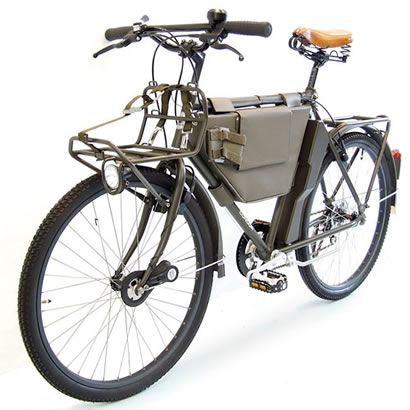
4. Want Something? Ask For It
On my early bicycle tours I started asking strangers for help: help with directions; help with finding a place to stay; help with getting my next meal; etc. Of course, it didn’t take long for me to realize that if you ask for something, and you ask enough times, you can usually get whatever it is that you’ve been asking for.
Most people never even ask for the things they want in life. The problem with this approach, however, is that if you never ask for the things you want, there’s little chance of you ever getting it.
This is why some men are so successful at dating beautiful women. They aren’t successful because they are necessarily better looking than other men, drive a fancy car, or are even better at asking women out. The reason they have such a good success rate is simply due to the fact that they ask more women out on a regular basis (compared to men who are too afraid to ask women out at all) and therefore have better odds of having their advances accepted.
While it used to be that I asked for directions and free places to stay on my bicycle tours, today I ask for much larger things and, after a little asking, usually get what I want. I encourage you to do the same. If you want something, ask for it!
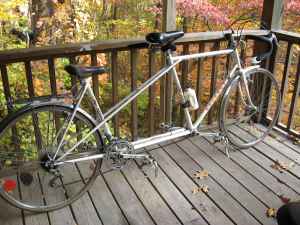
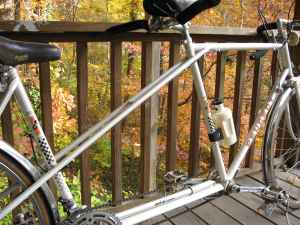
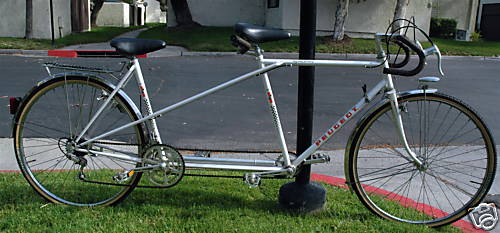
5. Not This Or That, But Both
Most people assume that you can have one thing or another, but not both. As children many of us were taught that there are certain limitations in life and that having everything you want just isn’t possible. Nowadays, I’m not so sure how true that is.
During my early years of bicycle touring I used to say that my dream job would include being able to travel the world, work, and do the things I love all at the same time. But the people around me didn’t seem to think my dream was possible.
“The two ideas are contradictory,” they would say. “You can stay in one place and make lots of money, or you can travel the world and be poor. But you can’t do both.”
Today, however, I’m living that impossible dream and thousands like me a doing the same. I’ve designed my life so that I can travel the world, work from anywhere, and do pretty much anything I want. I have freedom, time, and money.
But how exactly was I able to achieve this?
The way I made it happen was by abandoning the idea that I could only have one way of life or the other, and convinced myself that I could have it all. My bicycle tours have enabled me to look for opportunities everywhere I go and now I’m constantly asking myself how I can have not just one or the other, but both.
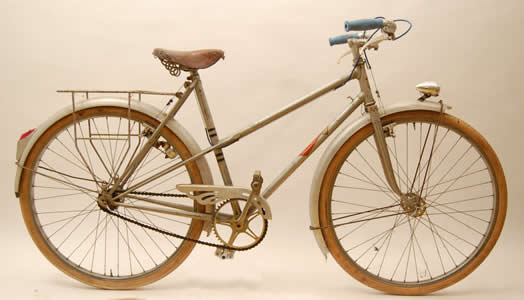
6. People Only Care About Themselves (But Not Always)
In my University economics class my professor told me, “People are selfish. When it comes time to make a decision, people will always make that decision based upon what is best for themselves and their family. They don’t care about you, the time you’ve put in, or the mouths you need to feed. They only care about themselves!”
It’s a terribly negative thing to say, but it is true much of the time – especially when you’re talking about business.
Over the years, however, I have met hundreds of individuals on my travels who have helped me in one way other another and expected nothing in return. While most of these people have offered me simple directions, a kind word, or a meaningful conversation, others have given me a free place to sleep for the night, a warm meal, and even cash money to be used on my travels.
Sometimes I get a bit depressed thinking about how selfish the world can be, but then I think back to my bicycle touring adventures and the gracious individuals I’ve met along the way and I am reminded that not everyone in the world is out for themselves. There are good people out there and the more you travel, the more you come to realize this.
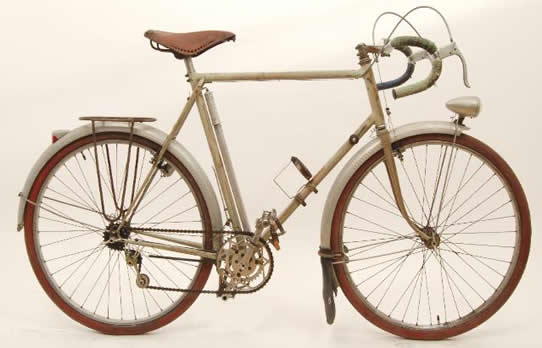
7. Don’t Worry. Relax. Have Fun. Go With The Flow
Life can be complicated and stressful, but it doesn’t have to be that way. Coming from the traffic-jammed streets of Southern California, I know how stress can ruin a life well lived. Especially when you’ve lived that way for so long you forget that life doesn’t have to be all stress and worry – that you can choose to live however you want and design your days accordingly.
Sometimes stress and worry are used as a sort of excuse we give ourselves for living lives outside of our true desires. It is this stress and worry that supposedly holds us back from accomplishing our goals and prevents us from going after the things we truly want in life.
But bicycle touring is a great way of breaking free of the stress and worry that so often accompanies us in our normal lives. Getting out in nature, exercising, slowing down, and simply having the time to reflect on our existence is often times all it takes to be reminded of just how important it is to to stop worrying, relax, have fun, and go with the flow.
8. Communicating With Other People Is Easy (And Difficult)
It used to be that I was super shy and afraid of everyone, but bicycle touring has changed all that. Nowadays I can go just about anywhere in the world and talk to anyone I meet and get along with them, feel safe, confident and poised.
While travel has made me realize that most people in the world are very similar and generally want the same things in life, the experiences I’ve had while traveling have also worked to separate myself from the masses.
In much the same way that actors and actresses tend to marry one another because they work in the same industry and therefore understand what the other person is going through… or the same way war veterans feel safe telling their stories to other war veterans, but struggle telling those same stories to their friends and family back home… I too, after several years of International bicycle touring, have come home from my travels and realized that while it is easier for me to get along with other people, I have a hard time connecting with those same individuals on a deeper level.
Bicycle touring is an incredible way of learning, changing and growing. But if you return home from a long trip by bike and the people around you have done little learning, changing or growing themselves while you’ve been away, it can be difficult to fit back in to the life you once knew.
While this is probably one of the small negative aspects of bicycle touring and world travel, it is a good thing as well, because when you meet another person with similar interests and experiences, you tend to treasure that person all that much more.
9. Never Quit. Just Change Course
Believe it or not, I’ve quit a couple of my bike tours over the years. I didn’t quit because I was exhausted, however, or because I failed to plan out my trip properly. Instead, I quit (or changed course, rather) because I realized that I was no longer pursuing my original goal. I had accomplished what I set out to achieve and it was time for me to head in a new direction.
This happens sometimes and it’s okay. Many bicycle travelers set out with the goal of riding a certain distance on their bicycles (around the world perhaps), but after riding for days, weeks or months on end and doing pretty much the same thing day after day, the act of riding a bicycle for long distances doesn’t seem as exciting as it once did.
The same can be said for any goal you set in life. Sometimes, after you get into it, you realize that the goal you set for yourself is no longer the goal you wish to achieve.
It is at this point when some people pack it up and go home, and others simply set a new goal for themselves and continue on their way.
Bicycle touring has taught me to never quit on a whim, but instead to think long and hard about what my motivations truly are, and that if need be, I should set a new goal for myself and head in a different direction.
10. There Are No Rules
Whether you like it or not, we are living in a society that occasionally tricks us into believing that certain things are true, when in reality they are not. One of the biggest lessons I’ve learned from my travels by bike is that there really are no rules – not in bicycle touring or in life.
Just because one person (or even the whole world) does something one way, doesn’t necessarily mean you have to follow suit. You can be, have, or do anything you want.
Want to ride a unicycle around the world while wearing a bear costume? You can do it! Want to quit your job and move to Mexico so you can surf every day. You can do it! Want to start a business or non-profit organization that changes the world. You can do it!
Bicycle touring has taught me that if you set your mind to something, starting working at it, inch by inch, pedal stroke by pedal stroke, day by day, sooner or later, you’re bound to reach the finish line.
Dream big, embrace being different, and go after your goals with all the passion you can muster. That’s what bicycle touring has taught me.

